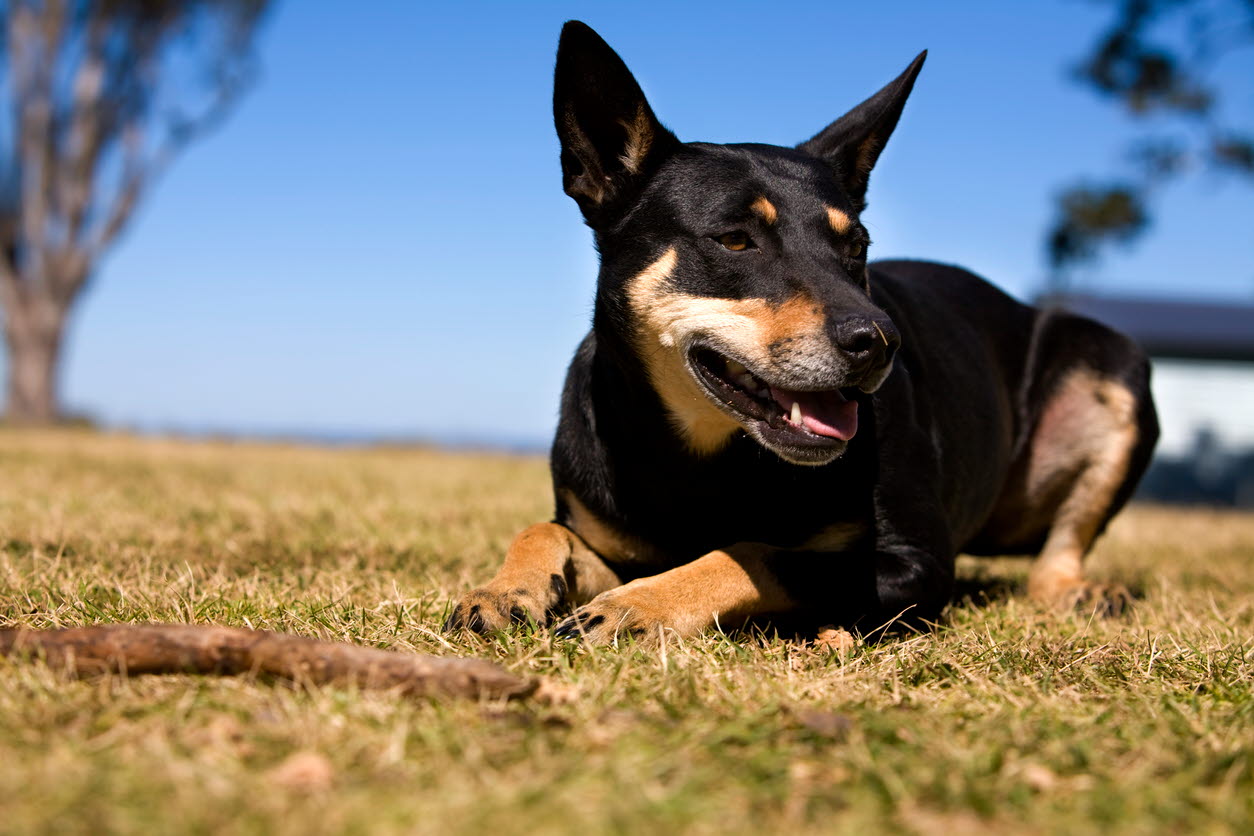High energy dog breeds

Do you have a high-energy dog, or wish to introduce one into your family?
Dog breeds classed as being particularly high-energy include:
- Siberian huskies
- Kelpies
- Border collies
- Cattle dogs
- Australian shepherds
- Pointers
- Beagles
- Jack Russell terriers
- Springer spaniels
In the right environment, high-energy dogs make enthusiastic, interactive companions and exercise buddies. With experienced training, they can also excel at performance, obedience or ‘working’ dog skills.
Is a high-energy dog the right pet for me?
If you live on a large property where your pet will have regular ‘work’ to do (e.g. herding), and have experience training pets in this style, a high-energy breed may be an excellent fit for your family.
However, if you have a more urban lifestyle, it’s important to honestly consider (before purchasing a dog) whether you’re willing to consistently put in the time, energy and resources to satisfy the physical and mental energy requirements of this type of pet on a long-term basis. A large, securely fenced backyard helps, but you will still need to be actively providing your pet with varied exercise and stimulation activities to ensure their needs are met.
High-energy dogs given inadequate mental and physical stimulation can develop negative behaviours such as hyperactivity, anxiety, reactivity (e.g. barking or lunging excessively at other dogs on walks), boredom barking, or destructiveness.
What exercise will my dog require?
High-energy breeds need one to two 30-60 minute brisk walks daily, with opportunities to run off-leash in safe areas (e.g. on dog-friendly beaches or in fenced dog parks). It is important that your dog is properly socialised and has basic obedience training to ensure not only their safety when outside the home, but also the wellbeing of other dogs and people.
If your dog is toy-motivated, playing fetch with mouth-safe items such as frisbees or tennis balls is also a great way of tiring them out rapidly.
How can I keep my dog content when I’m not home?
When leaving your pet at home, arrange activities to keep them busy and mentally-occupied. This can include a variety of:
- Safe chew treats
- Food puzzle toys
- Hunts for food scattered around the house or garden
- Solo play toys e.g. tennis ball launchers, fixed tug toys
If you will be out for long periods of time, consider trialling your dog at a reputable doggy daycare centre, where they can have supervised free play-time with dogs of a similar energy level and temperament (as well as some scheduled rest time!).
What “jobs” can I give my dog to do?
Channelling your dog’s high energy into positive ‘work’ can bring both of you enjoyment, and really helps strengthen your pet-owner bond. There are many options available, depending on your interests and your dog’s natural preferences. Consider trials of activities such as:
- Agility
- Dock Dogs
- Advanced obedience
- Flyball
- Nosework
Lastly, it is important that high-energy dogs are able to rest effectively. If your dog seems unable to lie down and ‘chill out’ at home, they may benefit from ‘conditioned relaxation’ training by an experienced trainer, where they are taught to relax on cue.
With the right exercise, training, socialisation and mental stimulation, your high-energy pet can be an enthusiastic companion to explore and enjoy the world with!
